Bringing over 30 years of visual effects experience, Arnaud Fouquet joined MPC in 2011 (back when it was called Mikros Image). He has worked on various shows including Lord of War, Faubourg 36, Little Nicholas’ Treasure, and Animalia.
// SPOILER ALERT: This interview reveals key plot points of the film. Make sure you’ve watched it before reading further!
How did you get involved in this film?
Frank Mettre, the post-production director of Sous la Seine, started talking to me about this project in June 2022, nine months before filming began. Having already supervised several Netflix productions, including Mélanie Laurent’s Voleuses, Nicolas Bonnell, VFX manager at Netflix, trusted me, and I was able to meet the production team as well as Xavier.
How did the collaboration with director Xavier Gens go?
With Xavier Gens, things clicked very quickly. We shared the same cinematic references, and like him, I am a big fan of genre films. He is a director who not only does not fear special effects but masters them perfectly. He knows how to use them wisely to serve his story. Moreover, he is extremely enthusiastic and reacts with talent to the proposals we submit to him. All these exchanges were very constructive and particularly exciting for all the post-production teams.
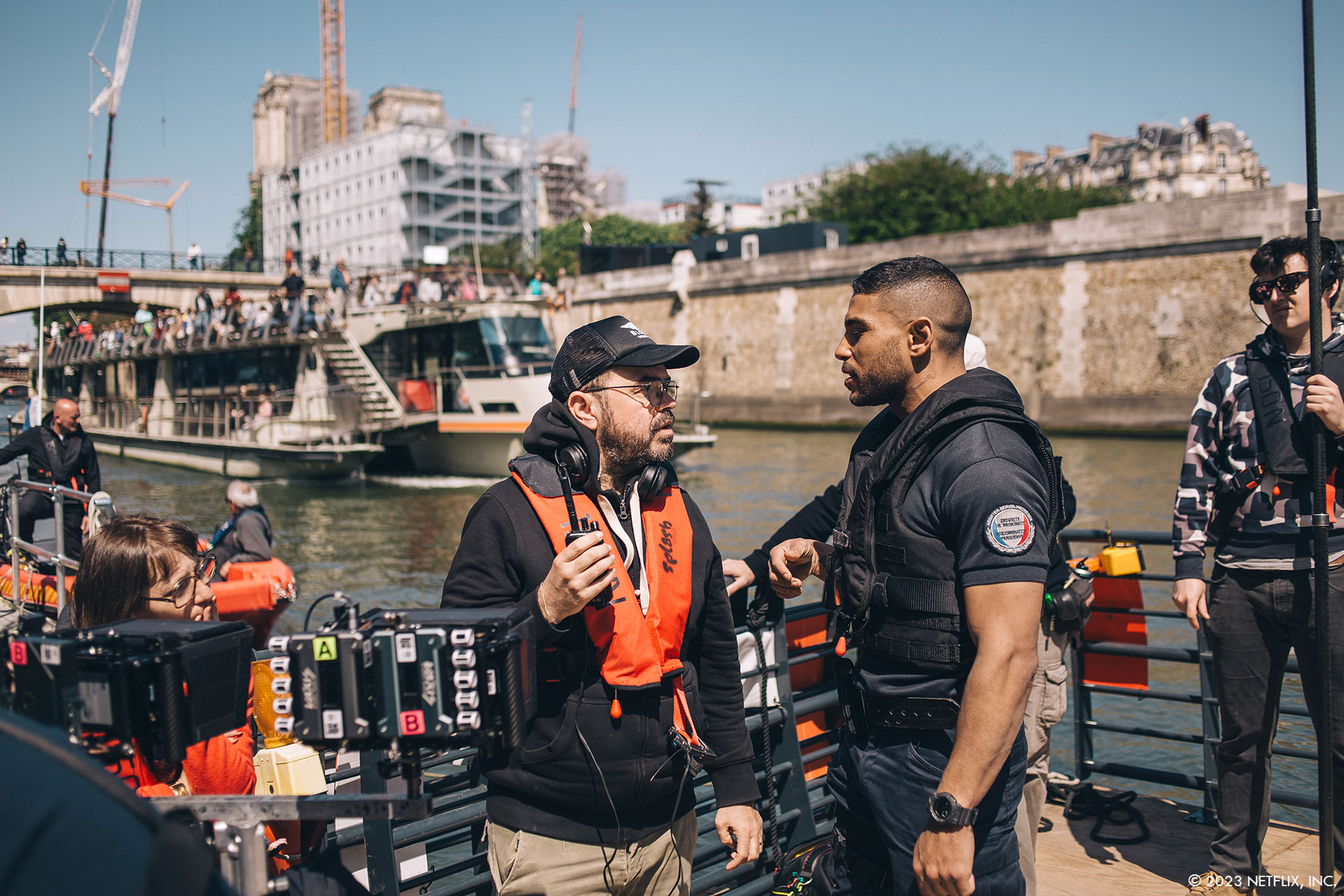
How did you organize the work with your VFX producer?
The VFX Producer / VFX Supervisor duo is crucial, regardless of the type of project, and even more so with a film of this scale.
For Sous la Seine, we could even speak of a trio. I worked with Loriane Lucas, who, like me, works at MPC Paris, but also very closely with Frank Mettre. On this project, one of the production and Netflix’s goals was to share the VFX work among several studios. Although I am with MPC, I had the role of overall supervisor for the entire film. Frank Mettre played a key role in ensuring impartiality towards all providers.
How did you choose the different vendors and allocate the work between them?
The choice was very difficult. There are many quality studios in France. We discussed it at length with Frank before making a decision. We started by thinking about how to distribute the work among the different studios and decided to do it based on the type of effects.
MPC took care of the underwater shots and the sharks, while Digital District, under the supervision of Marc-Thomas Cavé, was responsible for the aerial shots, including the integration of the Seine docks and tsunami shots.
We also called on UFX for the compositing of the background shots for the interior sets at the river brigade.
Finally, at MPC, we split the work between MPC Paris and MPC Liège. The shots made in Belgium were supervised by Philippe Frère, who also came to the set several times.
It was a very nice collaboration between the studios.
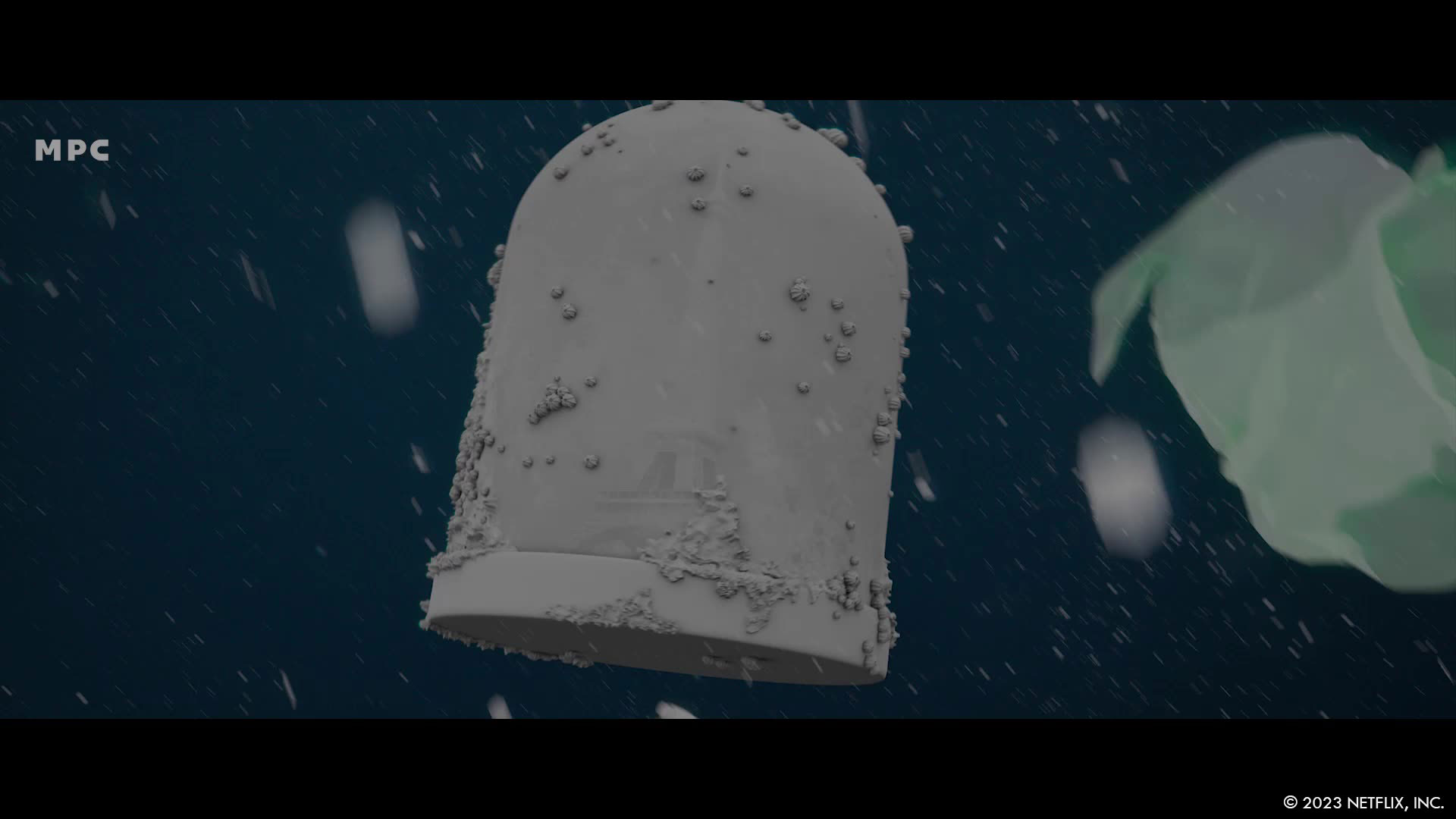
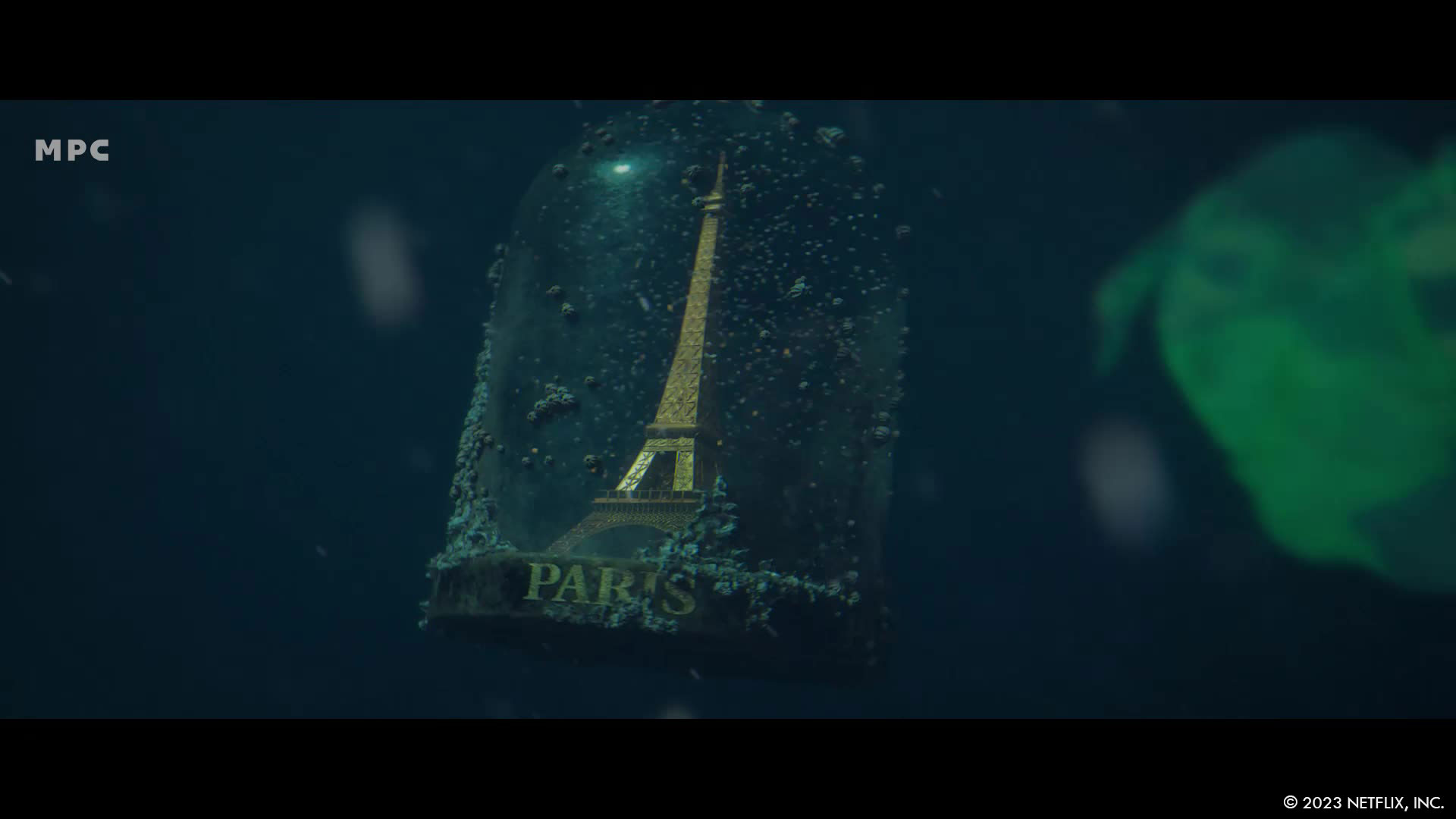
What is your role on the set and how do you work with the other departments?
We had many readings and long discussions in preparation with, among others, the director of photography Nicolas Massart and the production designer Hubert Pouille, as well as the team in charge of stunts, SFX, and many others.
All these meetings were crucial because VFX is just an extension of the shoot, and as I often say, the success of a visual effect is 80% achieved on set.
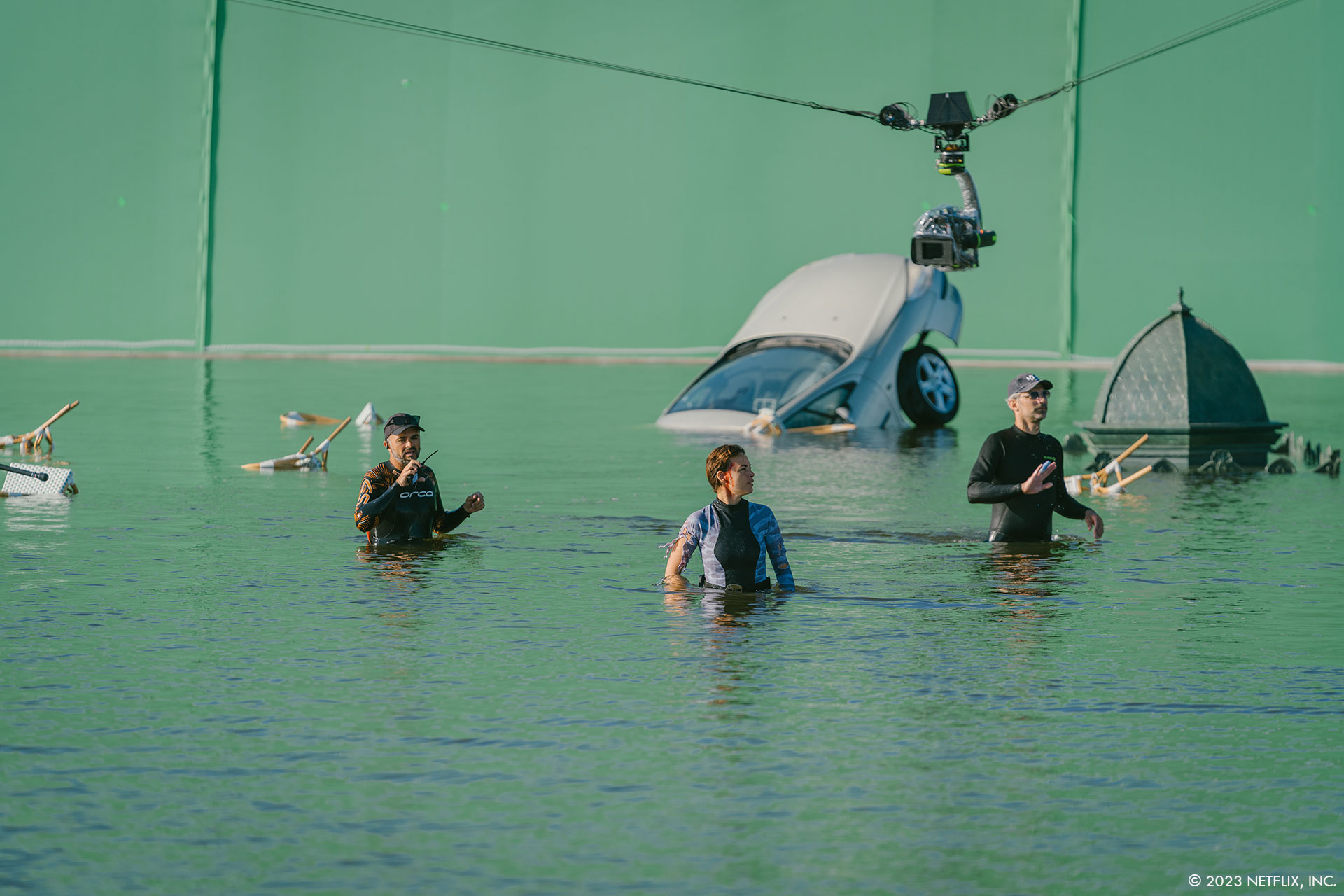
These discussions allowed us to find solutions to several issues:
The most obvious was to determine how and where to shoot the underwater shots. We had sequences supposed to take place in the open sea under an ocean of plastic, but also under the Seine, where visibility is actually less than a meter.
Another challenge concerned the shots located on the Seine in the heart of Paris, knowing that it is very difficult to obtain filming permits and that the available time slots are extremely short (from 7 a.m. to 10 a.m.). We quickly realized that except for a few short sequences on a boat, it would be impossible to shoot the long final sequence. Especially since we needed to install a huge floating dock and hundreds of swimmers.
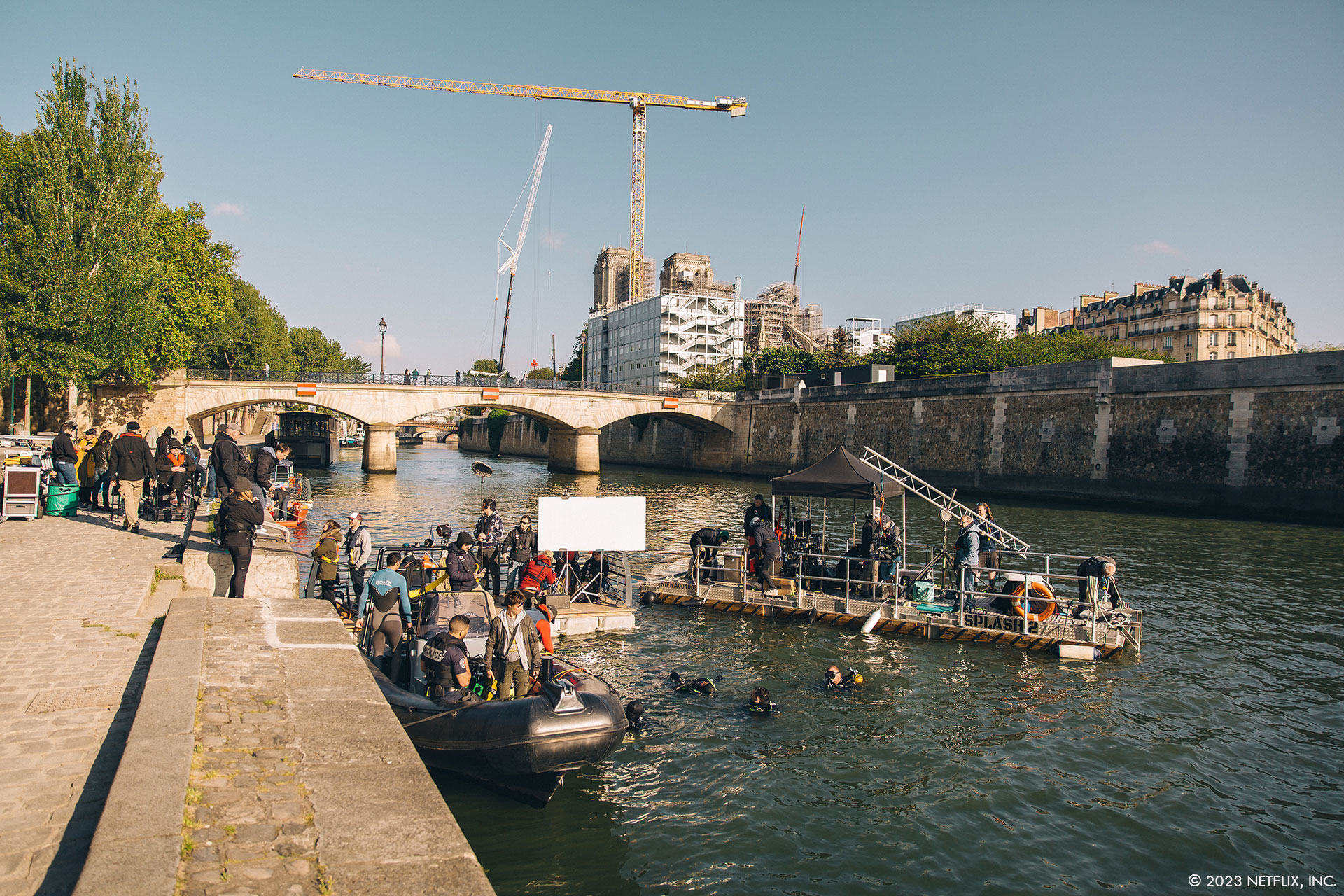
Can you describe the initial concept and vision for the visual effects?
Xavier’s idea was to make a spectacular film while remaining as credible as possible. The sharks, which are slightly mutated Makos, had to look believable and realistic. In fact, the references we regularly exchanged with Xavier came from documentary films and real shark videos found on social media. All these references were our bible to understand the behavior of sharks, analyze their movements, and understand how their skin reacts depending on the incidence of light.
What were the biggest challenges in creating the film’s shark?
One of the big challenges was being able to recreate the aquatic environment. In water, colors and contrasts vary greatly depending on the depth, turbidity, and distance between objects and the camera. Since sharks are obviously never stationary, all these parameters constantly change with each shot.
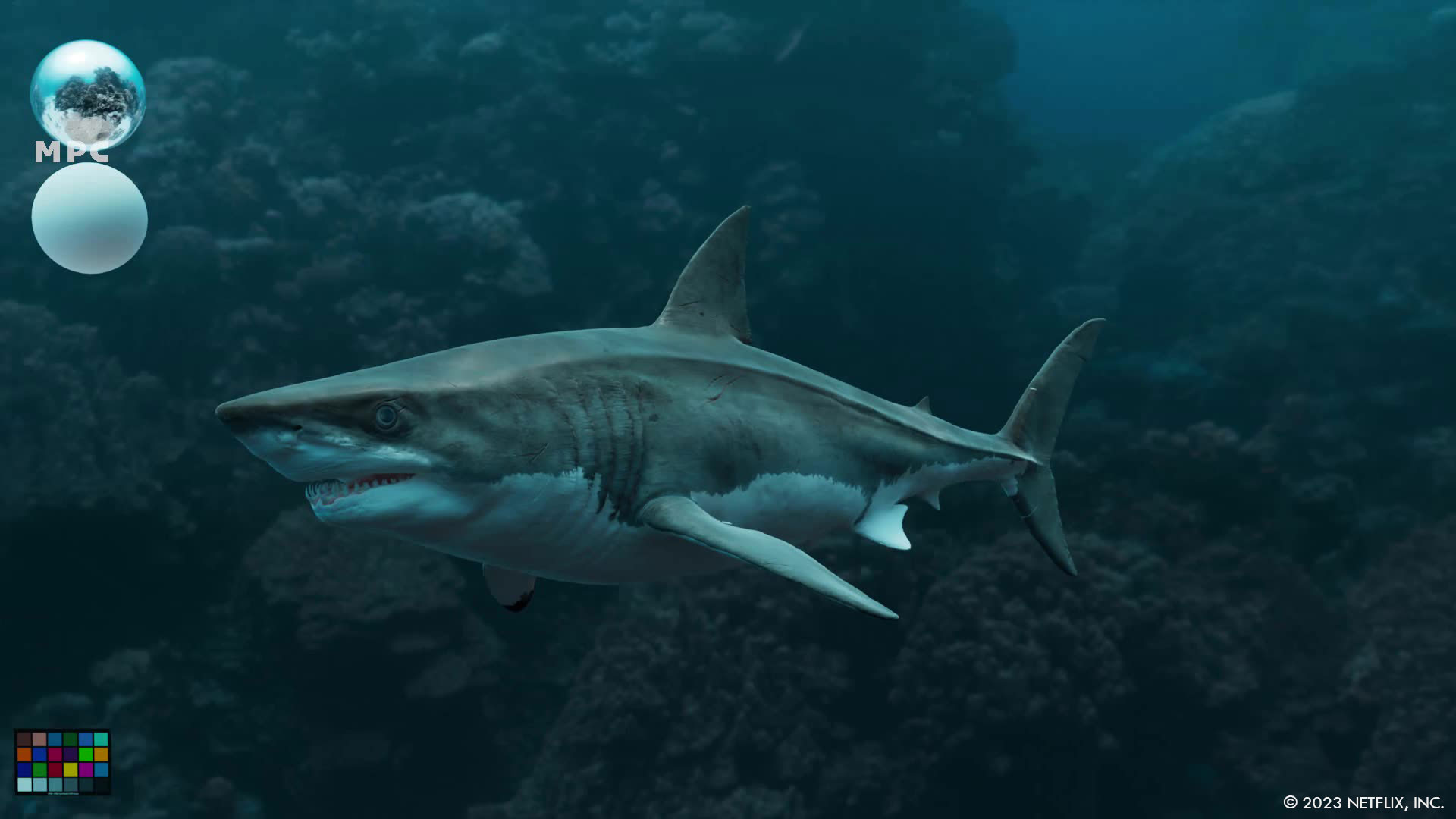
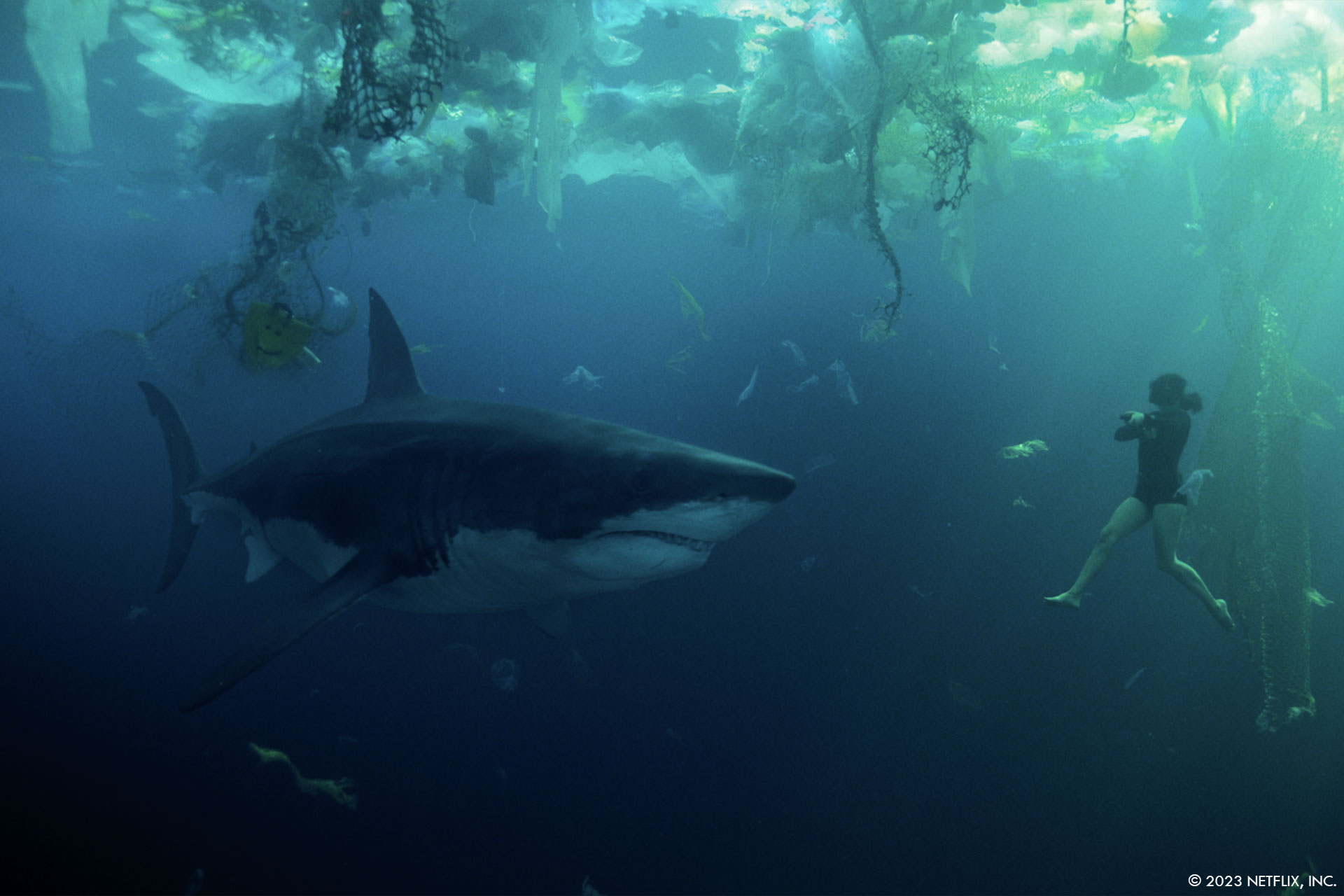
How did you achieve realistic movements and behavior for the shark?
We meticulously studied the morphology and movements of sharks. For each shot to be faked, Augustin Paliard, our Animation supervisor, had selected specific video references corresponding to the behaviors we wanted to reproduce. Each animator thus automatically had these references at the start of their work on a given shot.
How did your team ensure that the textures and details of the shark were realistic and credible?
Just like for the animations, we accumulated a large number of references to analyze the appearance of sharks. We quickly realized that the texture of the skin could vary significantly depending on the light and orientation of the shark: sometimes matte, sometimes satin, even metallic. Florian Wolff, CG supervisor, and Maxime Chaix, Compositing supervisor, worked closely together to set up a method to reproduce these different renders.
Another crucial parameter was the influence of water on colorimetry. It is important to note that the turbidity of the water affects the depth at which colors disappear: red disappears between 0 and 5 meters, orange between 10 and 15 meters, and yellow between 15 and 25 meters. For the shoot, I specially designed an immersed chrome ball, and for each shark shot, I asked a diver to follow the shark’s trajectory with this ball and a color chart. This allowed us to capture all the colorimetry variations that we could apply to our CGI sharks.

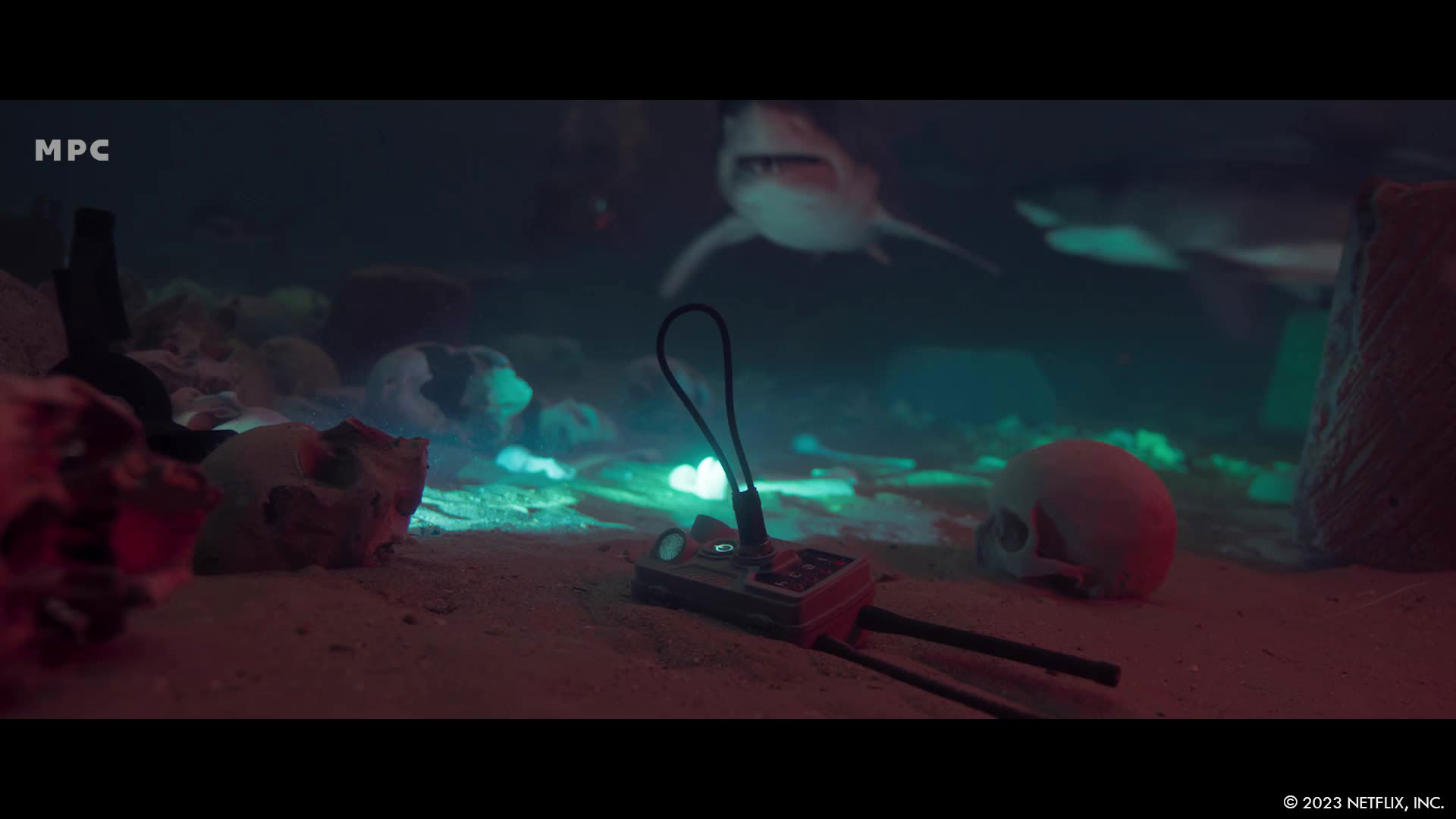
Were there any unique techniques or innovations developed specifically for the shark’s visual effects?
One of the major challenges was the sequence known as “the crypt,” where our heroes find themselves surrounded by hundreds of sharks. Xavier’s reference was the documentary 700 Sharks in the Night. To achieve this sequence, we had to develop a specific crowd manager allowing us to create hundreds of sharks swimming fin to fin.
What were the most difficult scenes involving the shark to create and why?
Perhaps the shark shots under the Seine. With visibility, in theory, of less than a meter under the Seine, it was clear that we had to adjust the water’s turbidity depending on the shots while maintaining a high level of credibility. We had to create harmony between wide shots requiring better readability and close-up shots, without it seeming artificial.
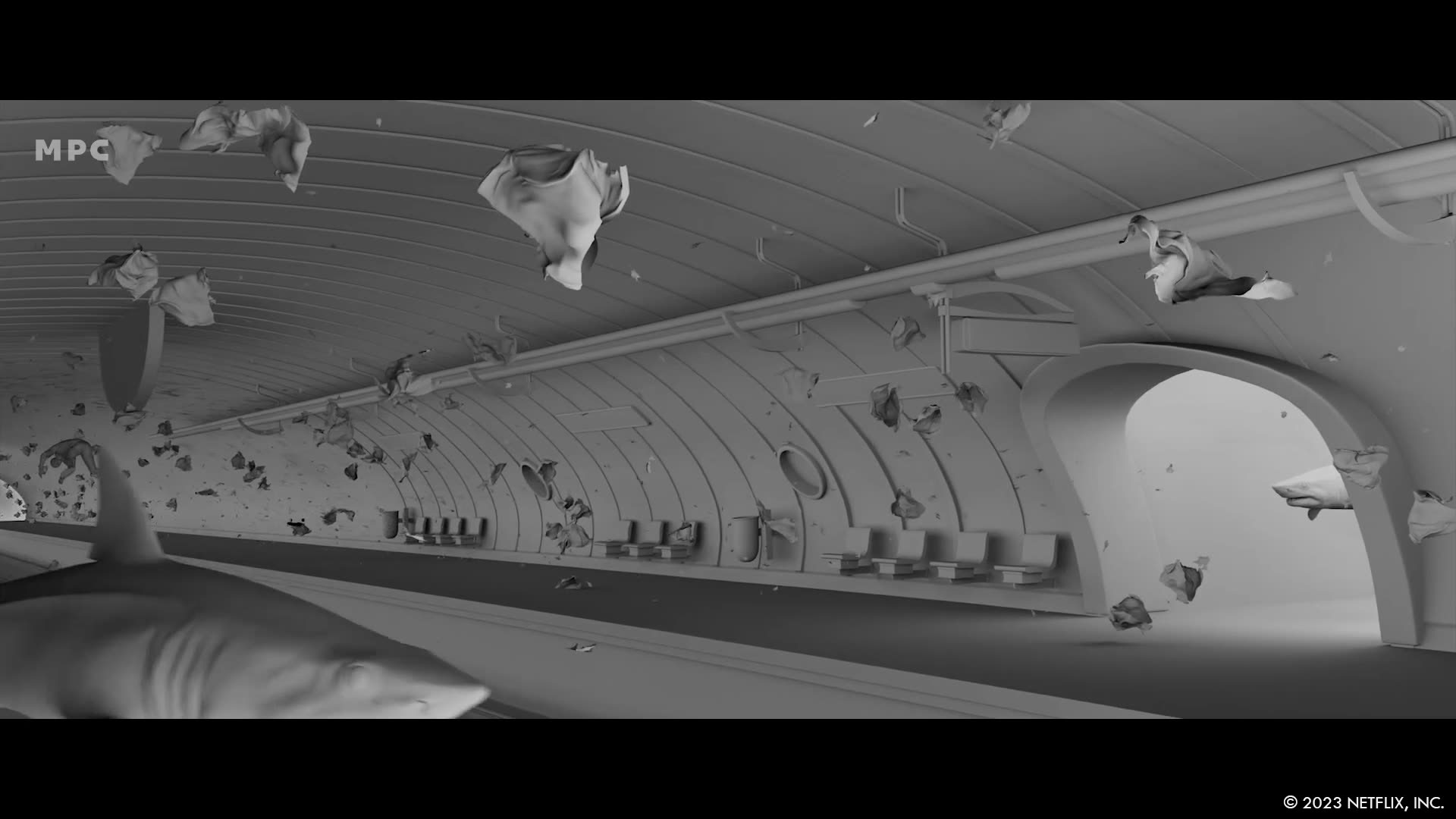
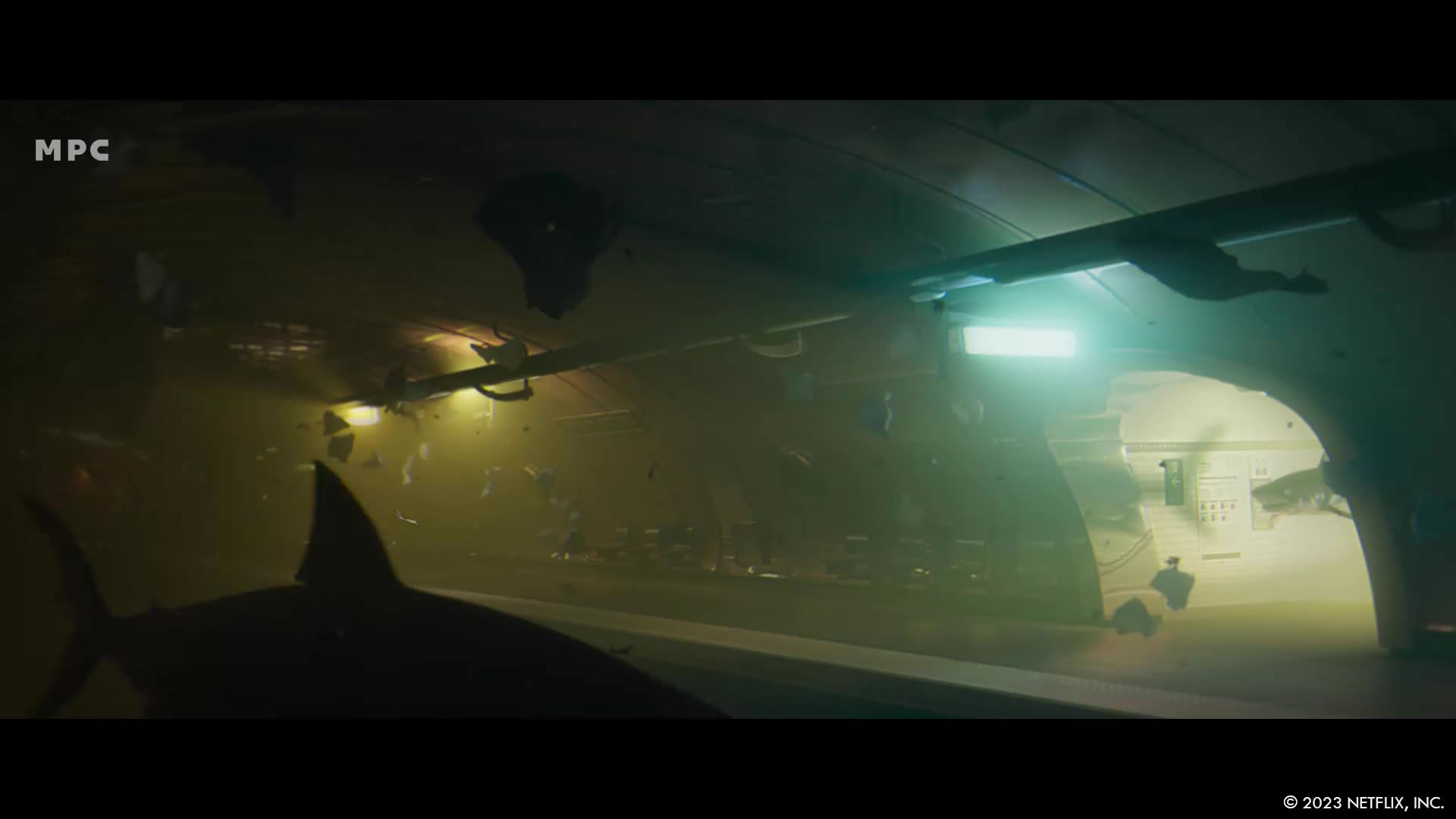
Can you explain the process of digitally recreating Paris for the film?
As it was impossible to shoot the triathlon sequences on the Seine, we filmed them in a 100 meters by 80 meters tank located on the backlot of Alicante studios.
We then had to reintegrate Paris and its Seine docks for these shots. We used several methods depending on the shots. First, we performed a Lidar scan of the entire play area, about 2.5 km of docks, to accurately model the docks. During the three days of shooting the plates with hundreds of extras on the docks in front of the Paris City Hall, we had a boat for the VFX, which allowed us to capture a maximum of plates.
We had previously discussed in detail with Riwanon Lebeller, the film’s editor, who had prepared a first edit of these sequences for us. This allowed us to precisely target the shots to be filmed.
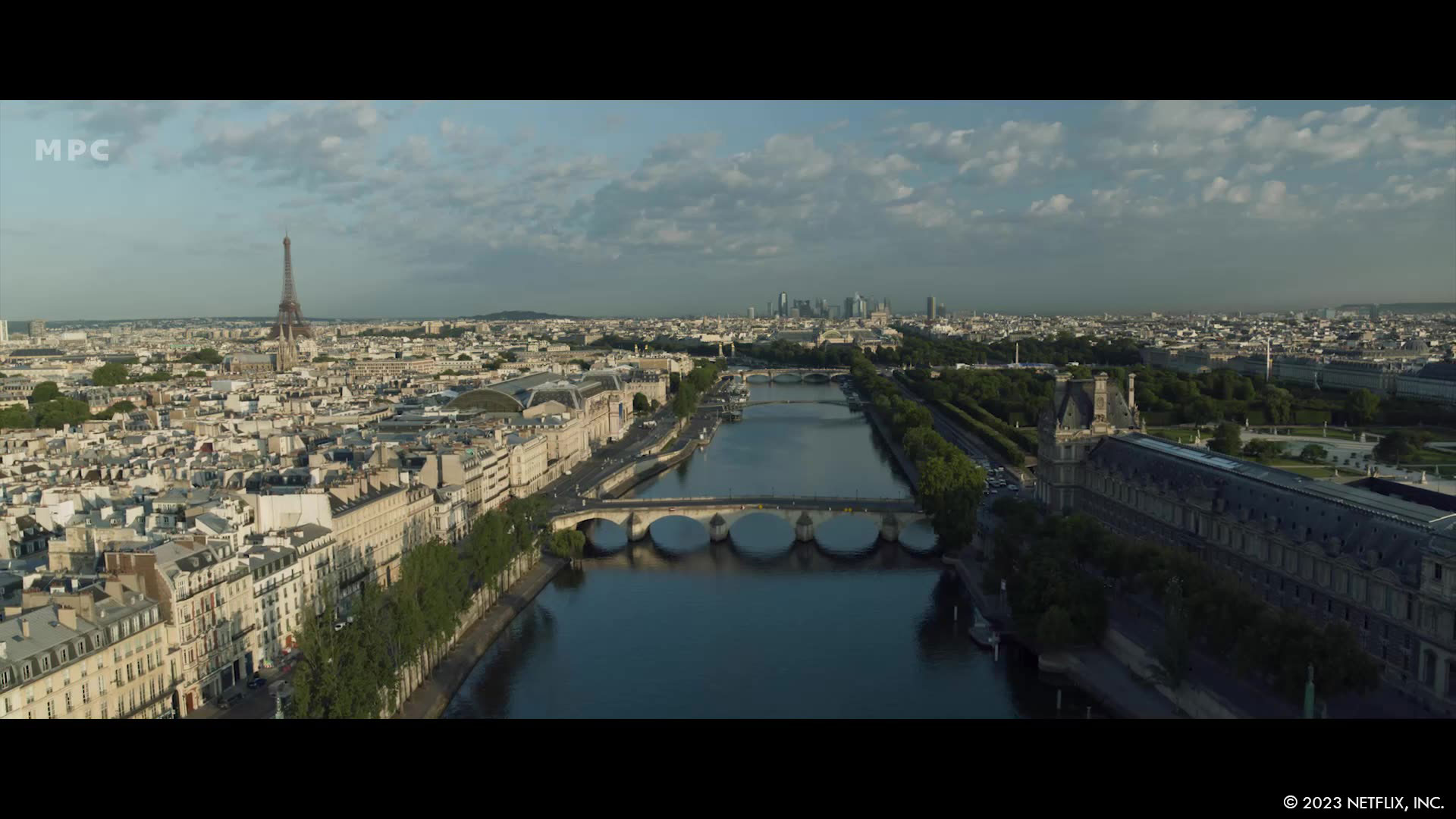
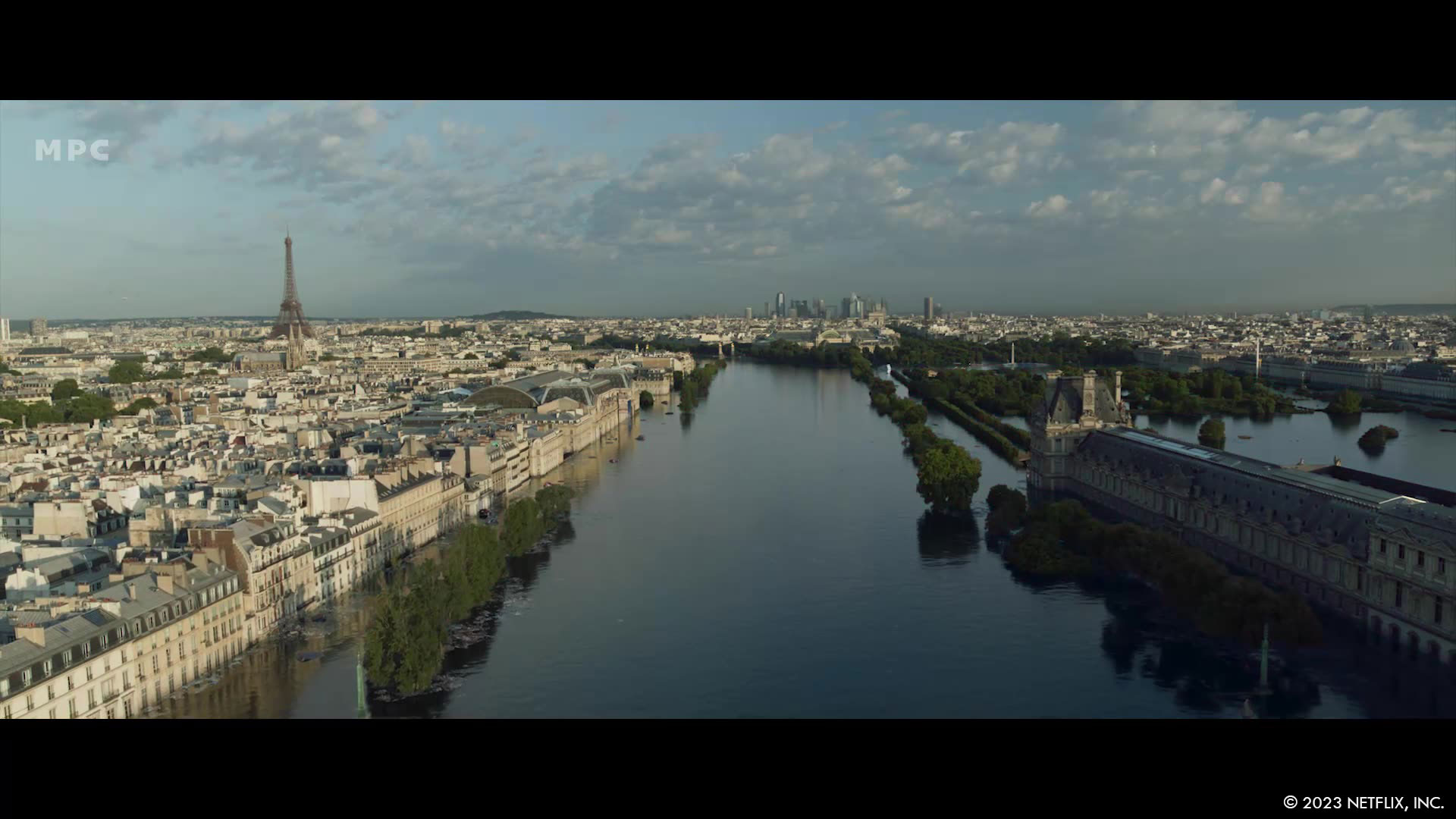
What were the main challenges in matching the recreated Paris with the real locations used during the shoot?
Digital District handled the production of these sequences. The first difficulty with this type of shot is harmonizing the lighting. The lighting in Spain is not the same as in Paris.
Another difficulty was connecting the water in the tank where our actors were with the ones of the Seine. It was necessary to harmonize the water in the tank, which could have different shades in terms of color and waves, with that of the Seine. Additionally, it was essential to add Paris’s reflections on this water.
Can you tell us stories or anecdotes about the behind-the-scenes production of visual effects?
As I mentioned earlier, Xavier regularly sent us videos to provide us with references. And we can say he had a certain talent for finding videos of vacationers being attacked by sharks. I must admit that I did not pass on some of these videos to our teams for fear of seeing them faint.
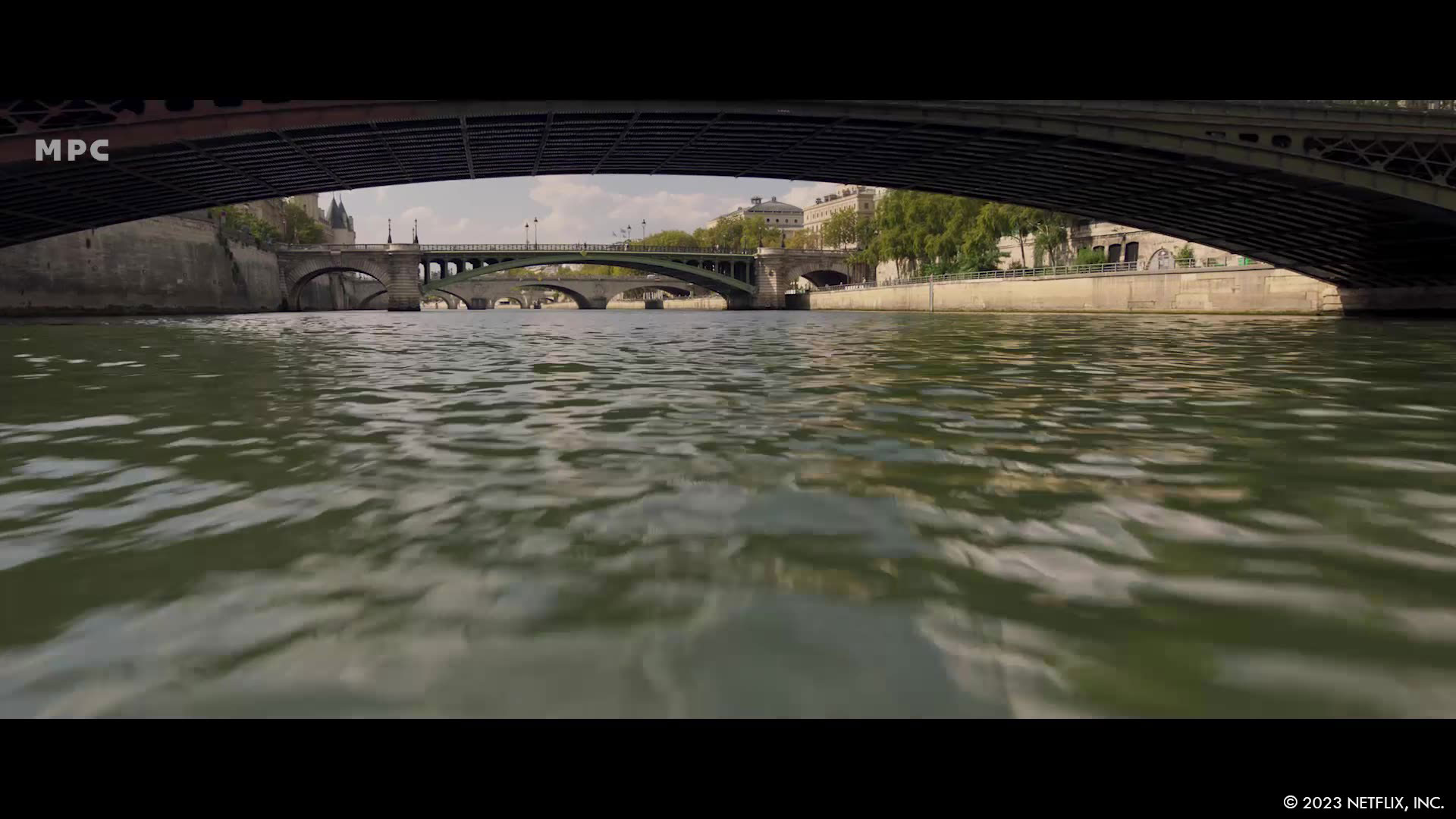
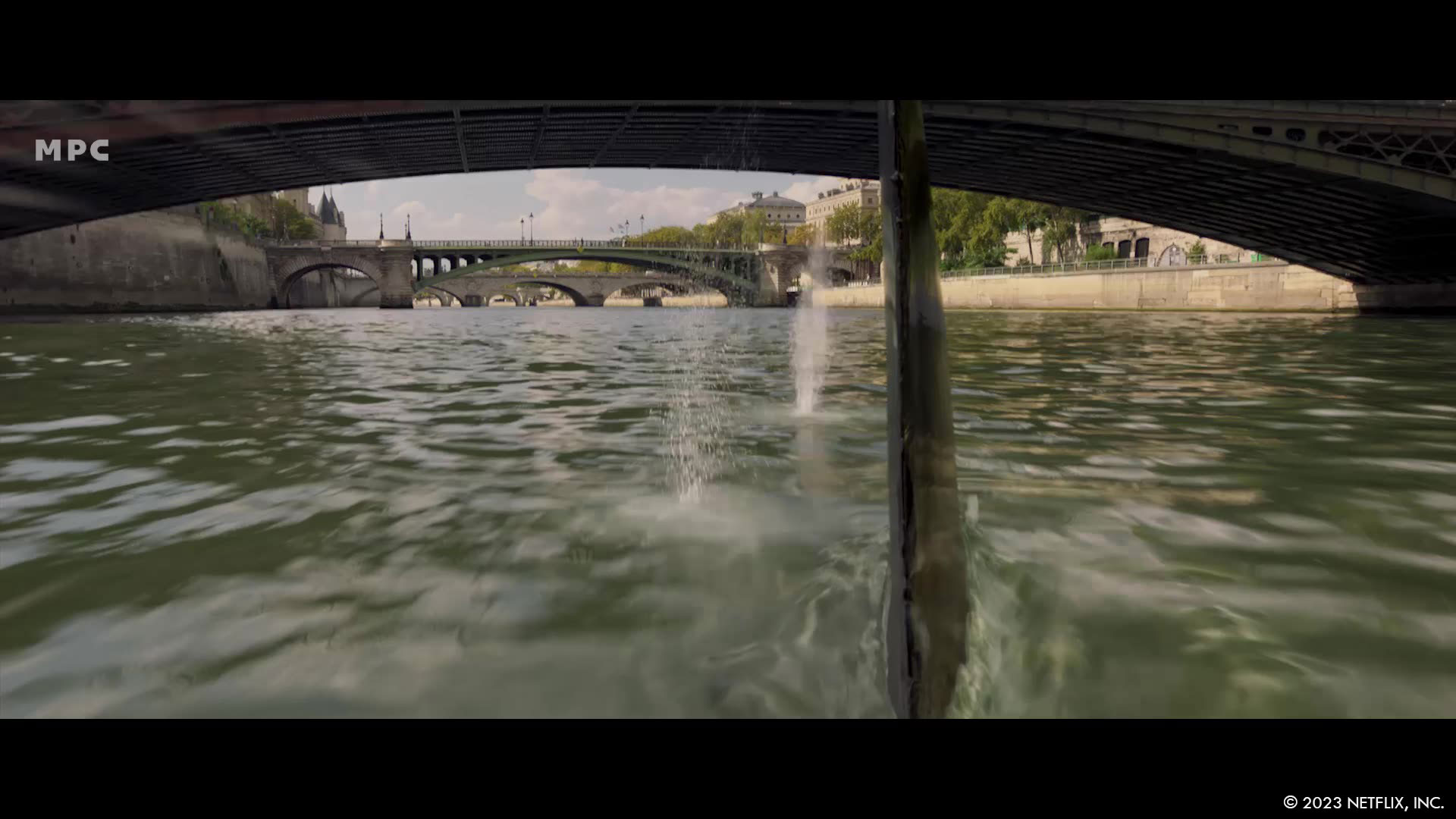
Were there any memorable moments or scenes from the film that you found particularly rewarding or challenging to work on from a visual effects standpoint?
I think it’s the crypt sequence. I find it very graphic with Nicolas Massart’s lighting and these hundreds of sharks.
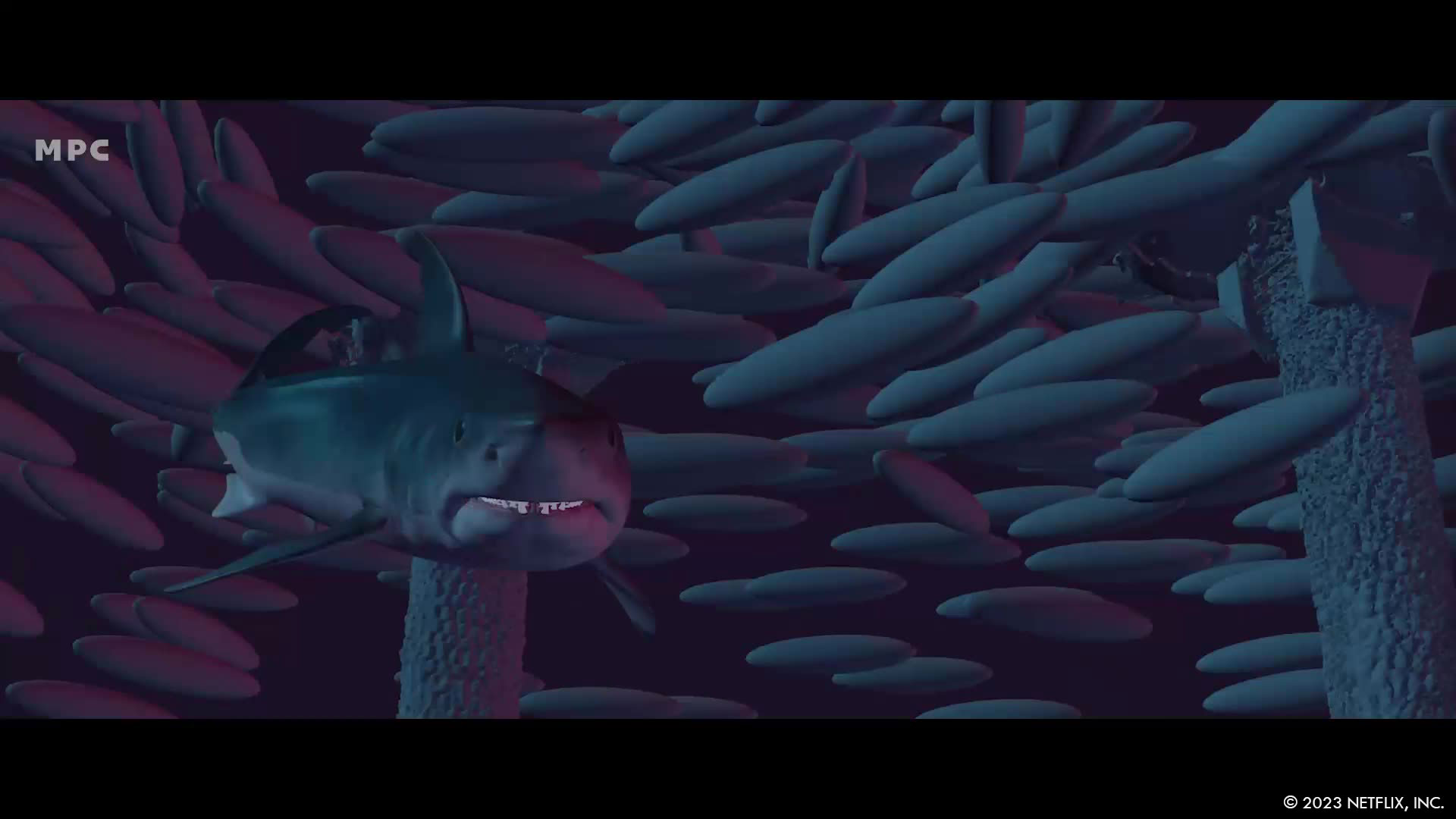
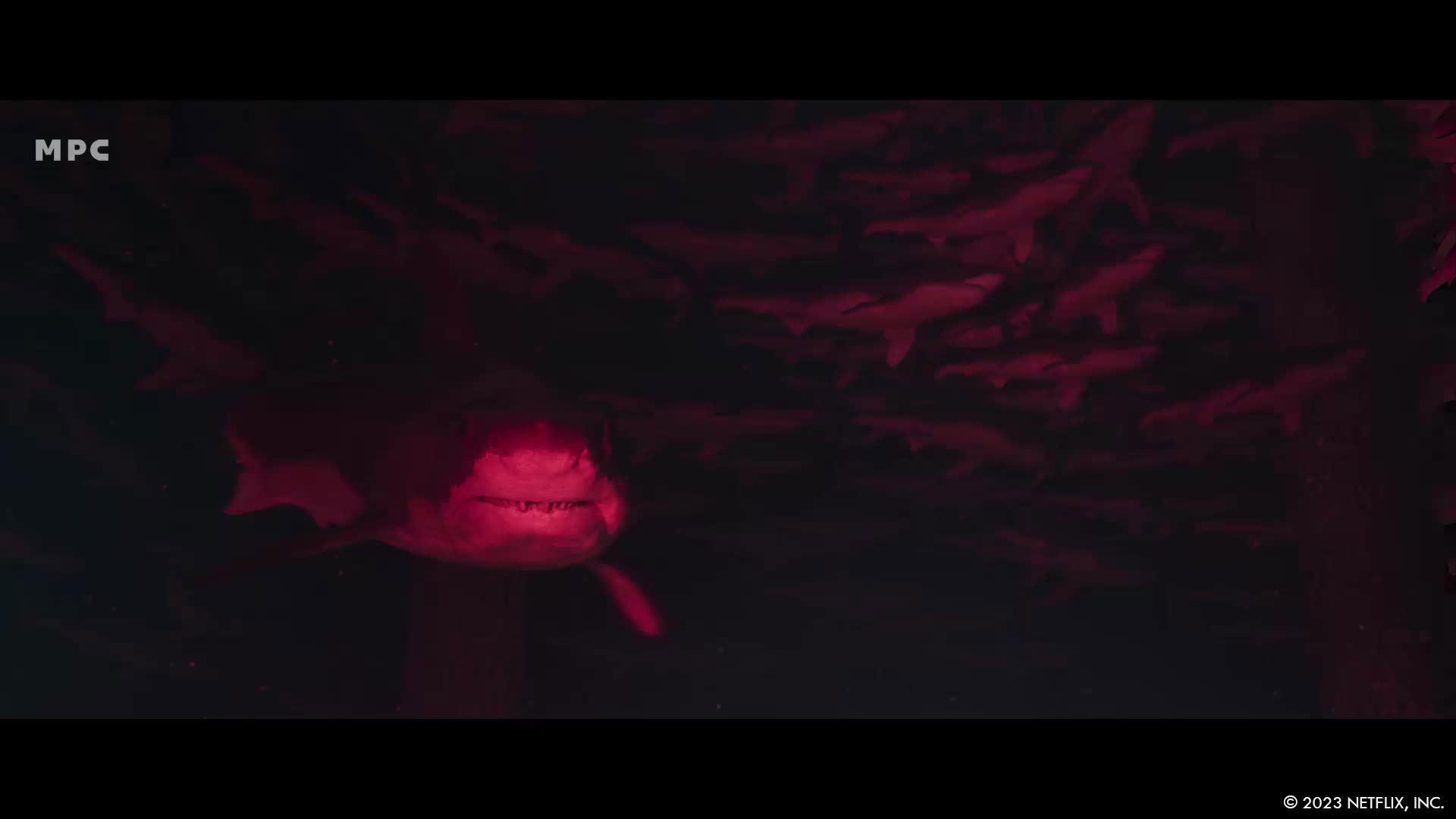
How long have you been working on this film?
Between preparation, shooting, and post-production, that is from July 2022 to May 2024, I worked on the film for almost two years.
How many VFX shots are there?
677 in total – 288 at MPC, including 110 shark shots – 319 shots at Digital District – 70 shots at UFX.
What is your next project?
I’m sorry, I can’t disclose this project for confidentiality reasons. You’ll have to be patient 🙂
A big thanks for your time.
WANT TO KNOW MORE?
MPC: Dedicated page about Sous la Seine (Under Paris) on MPC website.
Netflix: You can now watch Sous la Seine (Under Paris) on Netflix.
© Vincent Frei – The Art of VFX – 2024





I really liked the VFX, specially the shark movements, which I found totally believable. Thx for this ITW !